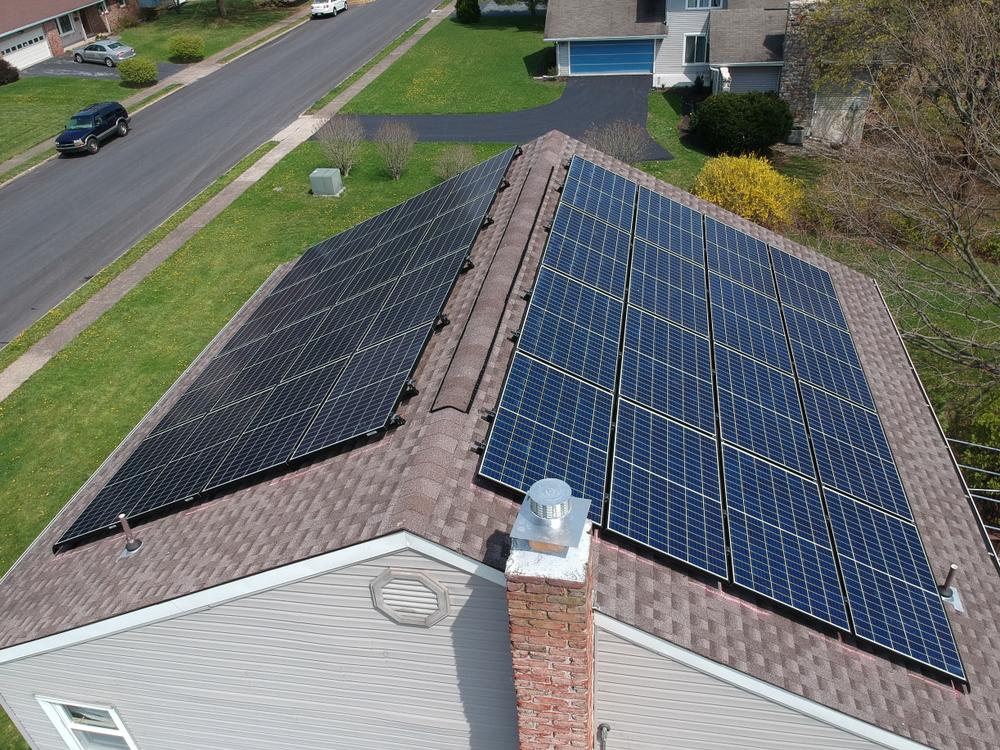How Many Solar Panel Needed for 1.5 Ton DC Inverter AC: A Detailed Analysis

Switching to solar energy is a smart and sustainable decision, especially when powering high-consumption appliances like air conditioners. Many homeowners wonder how many solar panels are required for 1.5-ton DC inverter AC. This article provides a detailed guide to help you calculate the number of solar panels required, consider associated factors, and make an informed choice for an energy-efficient home.
Understand Your Energy Needs of a 1.5 Ton AC
A 1.5-ton DC inverter AC is designed to consume less power compared to traditional ACs. However, to determine how many solar panels are required, you must first understand its power consumption.
-
Power rating: A typical 1.5-ton DC inverter AC consumes around 1.2 to 1.5 kW per hour, depending on factors like usage patterns and ambient temperature.
-
Daily usage: If the AC runs for 8 hours daily, it would require approximately 9 to 12 kWh (kilowatt-hours) of electricity per day.
This calculation serves as the baseline for determining the solar energy system size.
Factors That Impact the Solar Panel Requirement
Several factors influence the number of solar panels you need to power a 1.5-ton DC inverter AC effectively.
1. Solar Panel Efficiency
Solar panels come in varying efficiency levels, typically ranging between 15% and 22%. Higher-efficiency panels generate more electricity per square meter, reducing the overall number of panels required.
2. Sunlight Availability
The availability of sunlight in your location plays a critical role. Areas with abundant sunlight, like most regions in Pakistan, can maximize solar panel output. On average, Pakistan receives 5-7 hours of peak sunlight daily.
3. Panel Wattage
Solar panels are available in different wattage ratings, such as 300W, 400W, or even higher. Panels with higher wattage ratings produce more power and reduce the total number of panels needed.
4. Energy Losses
Some energy losses occur during power conversion and transmission in a solar energy system. Typically, a 20% loss is considered during calculations, so it's crucial to account for this factor when determining solar panel requirements.
How to Calculate Solar Panel Requirements
To calculate the number of solar panels required for a 1.5-ton DC inverter AC, follow these steps:
Step 1: Determine Total Daily Energy Needs
Suppose the AC consumes 12 kWh of electricity daily. This figure becomes your total daily energy requirement.
Step 2: Estimate Energy Produced by a Single Panel
Assume you're using 400W solar panels, and your location receives 6 hours of peak sunlight daily.
Energy produced by one panel = 400W × 6 hours = 2.4 kWh/day
Step 3: Factor in Energy Losses
Considering a 20% energy loss, the effective output of one panel becomes:
2.4 kWh × 80% = 1.92 kWh/day
Step 4: Calculate Total Panels Needed
Divide the total energy requirement by the effective output of one panel:
12 kWh ÷ 1.92 kWh = 6.25 panels
Since solar panels cannot be split, you would round up to 7 panels.
Which Solar Panels Are Good for Your System
1. Monocrystalline vs. Polycrystalline Panels
-
Monocrystalline panels: Offer higher efficiency and a sleek design, ideal for limited roof space.
-
Polycrystalline panels: Are more cost-effective but slightly less efficient than monocrystalline options.
2. Check Durability and Warranty
Look for solar panels with a robust warranty (20-25 years) and a proven track record of durability in various weather conditions.
3. Evaluate Your Budget
While high-efficiency panels may have a higher upfront cost, they save more energy in the long run. Compare costs against efficiency to find the best value for your investment.
Essential Components of a Solar System for AC
A complete solar energy system for a 1.5-ton DC inverter AC includes more than just solar panels. Ensure you have the following components:
1. Inverter
A solar inverter converts the DC power from the solar panels into AC power for your appliances. Choose an inverter with sufficient capacity to handle the AC's energy needs.
2. Battery Storage (Optional)
Adding batteries allows you to store excess solar energy for use during nighttime or cloudy days. While not mandatory, batteries can provide greater flexibility.
3. Mounting Structure
A durable and properly angled mounting structure ensures optimal sunlight exposure for your panels.
Benefits of Running a 1.5 Ton DC Inverter AC on Solar
Switching to solar energy offers multiple advantages:
1. Reduced Electricity Bills
Powering your AC with solar panels significantly reduces your reliance on the grid, resulting in lower electricity bills.
2. Long-Term Savings
Although the upfront cost of a solar system may seem high, it pays off over time through energy savings and increased property value.
Additional Tips for Optimizing Solar Panel Usage
1. Energy-Efficient AC Usage
Set your AC temperature to 24-26°C to minimize energy consumption.
2. Regular Maintenance
Dust and debris can reduce their output.
3. Monitor System Performance
Use monitoring tools to track your solar energy system's performance and address any issues promptly.
Is Solar Energy the Right Choice for You?
Investing in solar panels for a 1.5-ton DC inverter AC is a sustainable and cost-effective solution. With proper planning, you can achieve energy independence while enjoying the comfort of a fully air-conditioned home. Evaluate your energy needs, location, and budget to design a system that works best for you.
By harnessing the power of solar energy, you not only reduce your electricity bills but also contribute to a greener, more sustainable future.
- Art
- Causes
- Crafts
- Dance
- Drinks
- Film
- Fitness
- Food
- Games
- Gardening
- Health
- Home
- Literature
- Music
- Networking
- Other
- Party
- Religion
- Shopping
- Sports
- Theater
- Wellness
- Politics
- IT
- Relationship
- Blockchain
- NFT
- Crypto
- Fintech
- Automobile
- Faith
- Family
- Animals
- Travel
- Pets
- Coding
- Comedy
- Movie
- Game
- Computer



